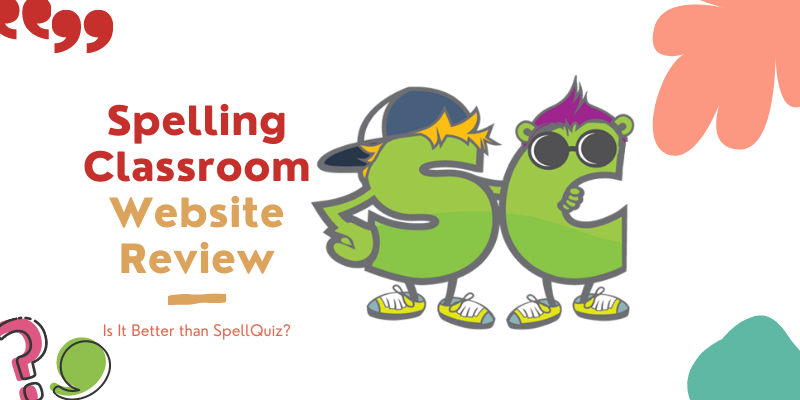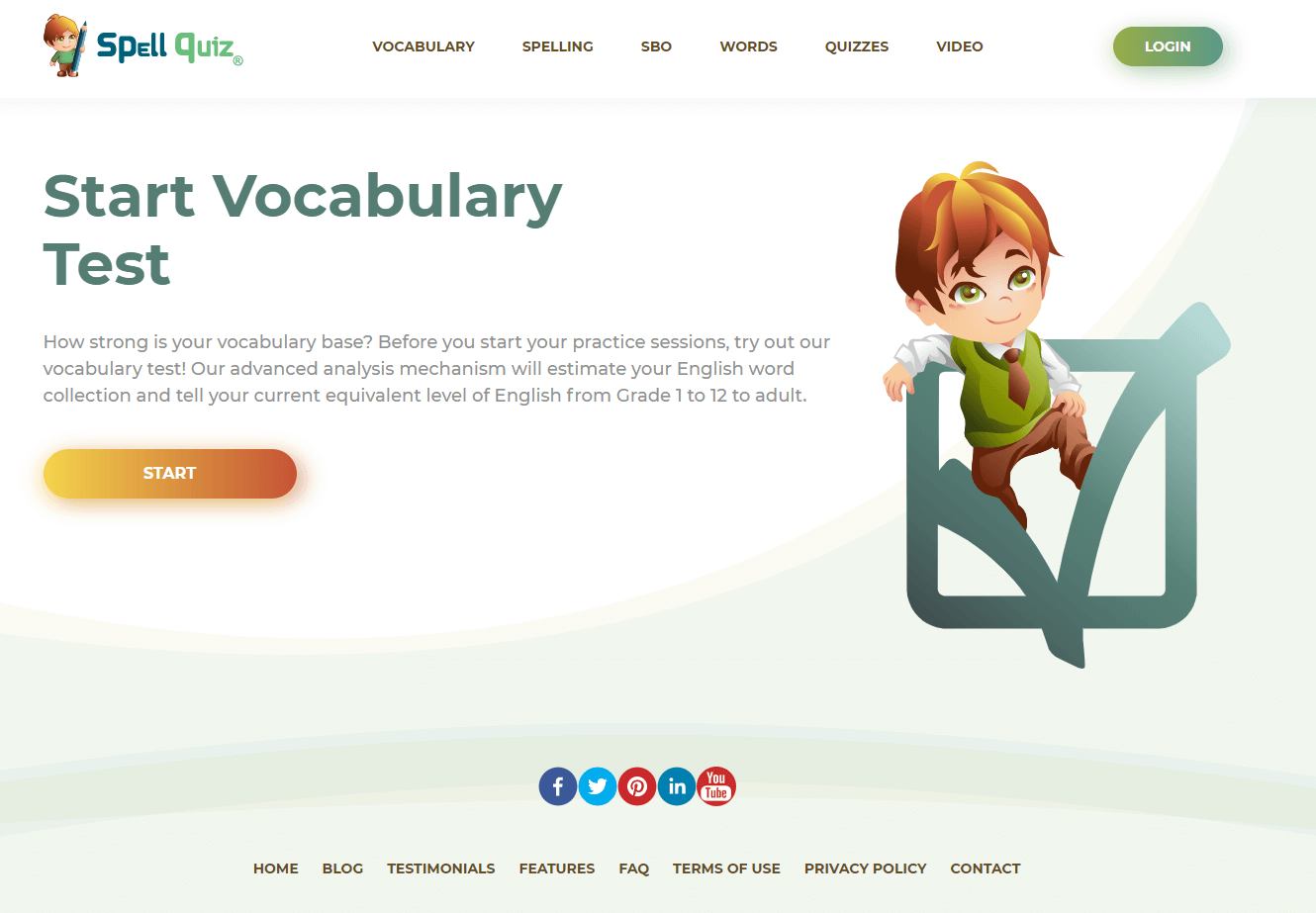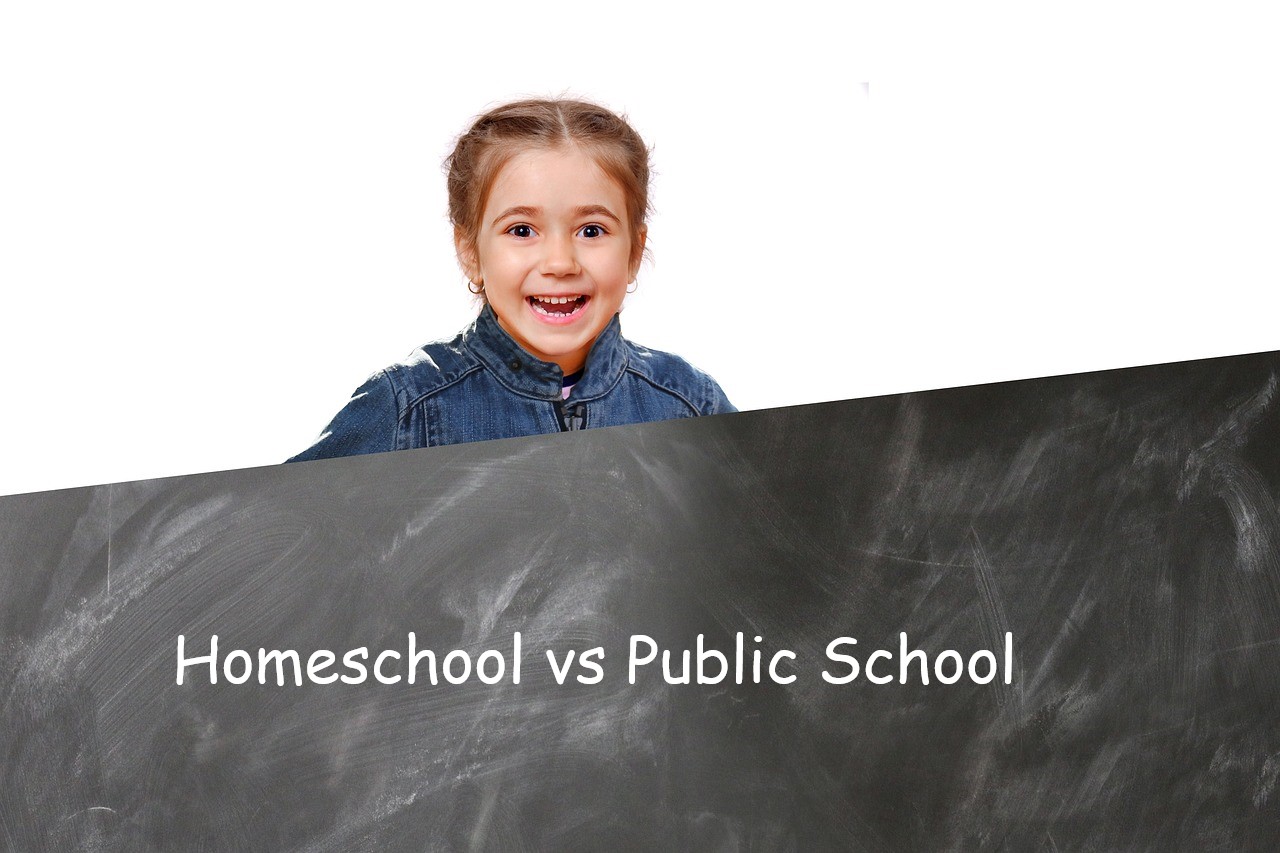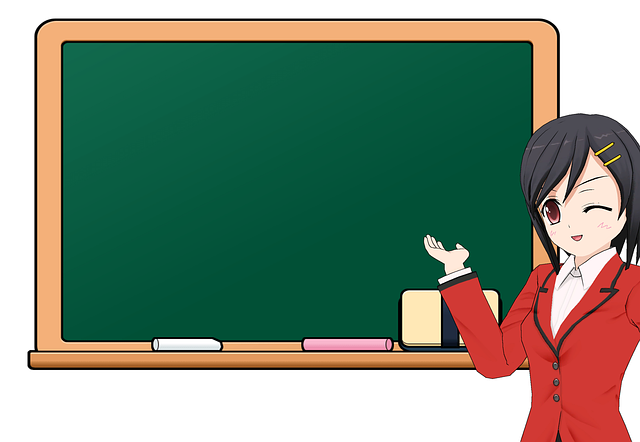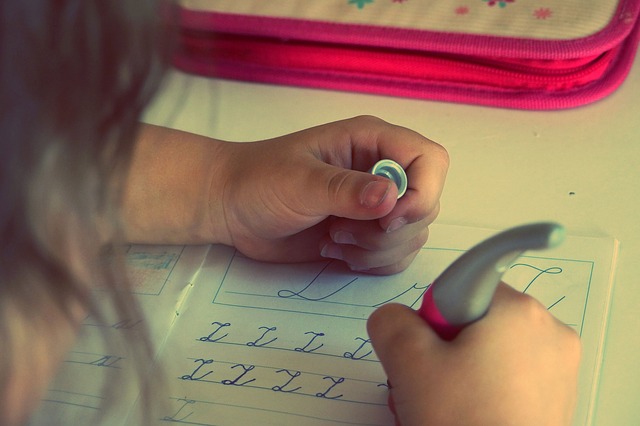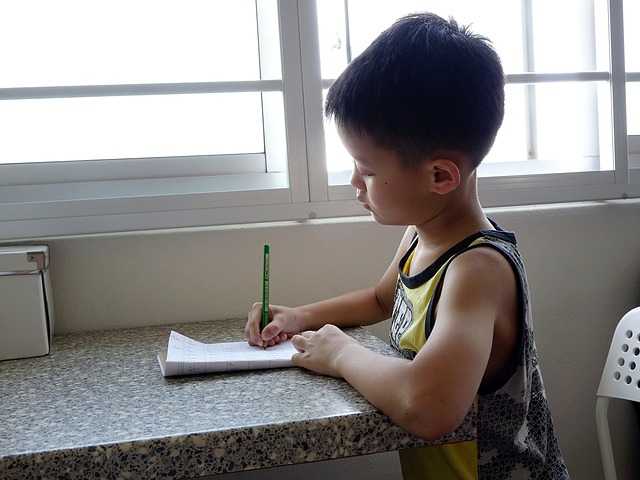“To receive the boons of education, you must go to the schools!” – This saying is actually a relic in modern days. Even a few decades ago, we had to rely on the educational institutes as information wasn’t so available for the mass people. So, public schools were obviously the best option for education. But with the advancement in information technology, one can learn everything from home these days. Thus, homeschooling became a great option for the kids these days. So, the situation ultimately makes us wonder about the obvious question – which is the better option between homeschool vs public school?
The face of education is constantly changing.
Unfortunately, education is not.
Yes, the two statements contradict with each other, but give me a minute or two to explain.
Look around you, see all the new gadgets and software out there. Look at what your child interacts with on a daily basis.
You will see smartphones, game consoles, and a host of other electronic gadgets.
Today, we read most of the books on Kindle, and maybe make it to the library once or twice a month. We only do that to check out books that I cannot find at Amazon or other online booksellers.
Your child may read, and read a lot, but it is most likely going to be through some gadget.
Back when I was in school, there was memorization of tables and charts over the learning of concepts. With search engines, education should have changed with it.
But it hasn’t.
Public Schools are still governed by textbooks and worksheets. Memorization and standardized testing.
So, should you consider homeschooling for your kids?
The answer is tricky as there cannot be a solid winner in this case – you will have to act as the judge and make the decision.
However, I can help you with the decision-making process as I would talk about homeschool vs public school today.
Are Traditional Learning Methods Becoming Obsolete?
You want more for your child. Which parent doesn’t?
Let’s face it, public education is not currently up to the challenge of preparing a student for the 20th century, let alone the 21st.
The jobs that are hot today, and the jobs that will be hot tomorrow, do not rest on how well your child knows multiplication tables from memory, the periodic table, or any formula in physics.
As I said, we have search engines for that.
Today, we need to educate our youth to understand the concept behind what they are learning, so they know what to look for and what values to plug in.
Think about it.
Back when we were in school, we memorized all sorts of formulas, did we need half of them? Or were they just something to take up space with all the other useless trivia.
If I asked you right now, how do you figure velocity, if you had a traditional science teacher, in your head, you probably think this:
“Velocity is Distance divided by Time.”
You would be correct.
But let me take it a step further, what if I asked you to do a problem using Newton’s Second Law?
Then it would occur to you to Google the formula –
“Force is equal to mass time acceleration.”
Today students should be learning not so much as the formulas to use, but where to look for them and how to apply them.
This opens up a whole new world.
Critical thinking and the application of the Scientific Method should be their basis in education.
Unfortunately, it is not.
And since you are reading this article, you must be convinced that your child’s education is a little lacking for your tastes.
But you are still on the fence.
After all, you are reading this!
The Methods of Homeschooling Have Got Major Upgrades!
If the image of some nomadic people teaching their kids some fundamental ideologies upon hearing the word homeschool, you are a backdated person!
Please pardon me if you think I am being harsh! But it’s a fact.
Today, we have access to all the information in the world (at least on the educational topics). So, a homeschooled child can learn whatever he or she desires.
No one has to be dependent on the curriculum set by the government. You will finally have control over the things you want to learn.
A century ago, mostly underprivileged children used to receive homeschooling. It was nothing but the lessons on social mannerism and fundamental arithmetic.
After a while, the practice of homeschooling almost disappeared as public schools were the only way of getting a quality education.
Since the beginning of this century, with the rigorous involvement of internet in our daily lives, homeschooling is yet again getting the attention.
Right now, about 2 million children receive homeschooling on in the USA! The rate of the children leaning towards homeschooling is only growing.
The rate is only growing by 20% per year!
So, no matter the reason, homeschooling is fast becoming a viable alternative to both failing public schools and cost-prohibitive private schools. It looks like homeschooling is winning the fight of homeschool vs public school right now!
The internet has put a high-quality education at anyone’s fingertips. Here you can find the richest collection of homeschooling resources.
The Flaws of the Traditional Educational System
Our educational system has become a cookie-cutter factory!
The current education system is designed for average students only! It not only destroys the charisma of the brighter students but also makes the poor students to self-doubt.
Sadly, we have created a system that is making the future generation only more depressed and frustrated.
Don’t you believe me?
Let me tell you some of the basic flaws of the current education system –
Designed After Factories!
Have you ever visited any mass production factory? If you haven’t, let me tell you the basic principal of these factories.
In a factory, a production designer creates one single method that consists of some step-by-step procedures. These procedures convert the raw materials to finished goods.
Now, think of our educational system, we have the same syllabus and study materials from decades ago. We teach the materials gradually until every single student has acquired the same knowledge at the end of the process.
Yes, we can pass down all the common and fundamental knowledge in this process.
However, we are destroying the uniqueness of the kids and forcing them to perform like robots having the same configuration!
Can Receive Only a Limited Amount of Knowledge
We are the result of the 66 million years of evolution! We have gone through a lot!
Can you imagine the vastness of the knowledge we have already acquired in this massive time frame?
Let me answer that question for you – it’s infinite!
Our school system only teaches us the knowledge that some lawmakers feel worth knowing.
If you think about it deeply, you should realize how unfair it is for the mass people.
Slow and Boring!
How many of you felt the studies to be boring in your school days?
I am sure every single of you have felt studying to be boring and hated it at least once in your life.
Let’s try to find the root cause for all of us to feel like that.
The answer is simple, we had to read about something that felt uninteresting to us. But we were forced to learn those things as it was “in the syllabus.”
It’s a scientific fact that we can learn the study material of a whole year in just eight weeks if we felt eager to learn those things.
So, rather than spending years after years learning the uninterested things, why don’t we study the things that we feel interested in?
Again, we can blame the school system for this.
Scarcity of Qualified Teachers
What if a child wanted to learn about nuclear medicine in eighth grade? Can every child find a qualified teacher who can quench his or her thirst of learning nuclear medicine?
The answer is simply a big fat no!
I am not trying to tell you that all the teachers are bad. It’s only common sense that not every single school in this world has qualified teachers for educating nuclear medicine.
But that child can learn about it from various sources on the internet quite easily. There are hundreds of study materials and tutorials available online.
The traditional schooling system can never have an adequate number of teachers capable of providing knowledge on every single topic.
It’s not practically feasible.
The Batch System
In a typical classroom scenario, you will find one teacher teaching about twenty to thirty students at a time.
Can you guarantee that every single of those twenty or thirty students will learn the lessons at the same speed?
No, you can’t.
This one of the major flaws of the public schools.
The more personalized the teaching process would be, the more fruitful the learning would be. The one-on-one teaching method is again another thing that is not feasible in the public schools.
I can go on for hours talking about the flaws our traditional public schools have. The interesting thing is that every single of these issues can be solved with personalized homeschooling.
So, I would let you be the judge of homeschool vs public school face-off!
Homeschool vs Public School: Why Do People Neglect Homeschooling?
We have all heard the stories about kids that went through Homeschool. We often think of different reasons that make us feel that the kid somehow falls behind from his or her peer!
Yes, we are that much biased!
Some of the ridiculous stories are like these –
- Homeschooled children lack social skills compared to a public-schooled child!
- A biased education based more on the parent’s beliefs than actual educational fact;
- Certain STEM subject being neglected because of parents not understanding the subject matter.
- Difficulty applying for and being accepted into college.
So, let’s look at each one of the items and see if we can bust the myths and offer advice on how to create a working path around it.
Myth 1: They Don’t Have Adequate Social Skills
This is perhaps the biggest myth regarding homeschooling. People generally assume that a homeschooled child just because they didn’t go to the schools cannot talk to others in a normal way!
According to a survey in 1995, about 92% of people think that a homeschooled child lacks adequate socialization skills!
To all those people – have you ever met a homeschooled child personally?
Being socially awkward has nothing to do with homeschooling. These are two different issues.
It’s not just my opinion, a research conducted in 1989 states that the idea of a child to be socially awkward just because of being homeschooled doesn’t support data in the research.
Again, let me take your attention to three more individual pieces of research conducted by Dr Stough in 1992, Dr Smedley in 1992, and Dr Lee in 1994.
Here are the results from their researches –
- Dr Stough found no significant difference between the children from homeschool vs public school.
- Dr Smedley actually found that homeschooled children have better communication skills.
- The parents of homeschooled children rated their children higher compared to the parents of public schools regarding adaptive behavior, according to Dr Lee.
There might, and put the emphasis of might, have been a problem with the socialization of homeschool vs public school children twenty or thirty years ago. But that is no longer the case.
Myth 2: A Homeschooled Child Doesn’t Interact with Others
Today it is not uncommon for kids to interact with people all over the world in terms of social media. I myself have hundreds of friends from around the world and around the corner that I only interact with on social media.
Even if a child was not allowed access to social media, there would still be ample access to other people and to learn social skills and behavior.
Little League, Girl Scouts, Youth Soccer, Boy Scouts, Church, are just a few instances in which a homeschooled child has the opportunity to interact with peers.
It is homeschooling, not solitary confinement!
Unless the parent decides to lock little Johnny in the basement until he was 18 and then only let out if he were very, very good, the homeschool student will be given ample education in social skills needed to function in society.
Actually, homeschooled children are less anti-social as well as less self-destructive compared to the kids going to public schools! This is the result of the research done by Dr Ray in 2003.
Other than to recommend that the homeschool student is encouraged to join and participate in local activities like scouts, any parent can easily see that there is not a credible claim on a lack of socialization by the homeschooled child.
Myth 3: Homeschooled Children Receive Biased Information from Their Parents
Another common myth about homeschooling is that people think, a homeschooled kid only interacts with his or her family members.
This topic invariably comes up when the conversation turns to homeschool.
It is easy to point out that yes, many parents that are more devout in certain religious or cultural beliefs have been known to withdraw their children in favor of a more religious homeschooling.
However, there is no evidence that a homeschooled adult has any more or less radical beliefs than a public-school child.
Depending on who you ask, either the school or the homeschool environment is guilty of indoctrination on some level. The critics are quite vocal in their opposition to homeschooling over it.
The loudest critical view is that homeschool indoctrinates students with a fundamentalist worldview.
Stanford University political scientist Professor Rob Reich wrote in The Civic Perils of Homeschooling (2002) that homeschooling can probably result in biased students. He points out that many homeschooling parents view the education of their children as a matter properly under their control and no one else’s.
Just do a quick internet search for indoctrination and homeschooling and be amazed.
If you have a progressive slant, there are articles about how public school might want to mistreat your child and his or her progressive views. There are articles left and right about school bullying by more conservative peers and teachers.
Not to be outdone, there are just as many articles by the right talking about the dangers of an indoctrinated secular agenda that attacks Christianity and forces homosexuality and promiscuity on the child.
I am not going to delve into the arguments one way or the other. I do believe in a high-quality education; that said, I also believe that the parents should be involved in that education.
Myth 4: Only Public Schooled Children Receive True Information
There will always be a level of indoctrination in any form of education, that cannot be avoided. Every lesson, every truth that is handed out to students in many cases, carries the taint of indoctrination.
Think about any historical event you were taught in school.
Let’s pick an easy one – the American Revolution.
In the United States, it is heralded as an important event, when a small group of 13 Colonies stood up for freedom and liberty.
When recounted in America, you read about Lexington, Concord, Saratoga, Valley Forge, Yorktown.
You read about John Paul Jones and, “I have not yet begun to fight!”
Or Nathan Hale as he was about to be executed, “I regret that I have but one life to give to my country!”
Every American has seen the painting of a gallant George Washington as his troops crossed the Delaware River in the bitter cold to attack the Hessians at Trenton.
Have you ever thought about how history books in the United Kingdom look at it?
From their perspective, it is a tale of the “Ungrateful Colonists” who did not want to be forced to pay for a war that largely was for their defense.
They are the 13 Colonies that the Crown preferred losing to Jamaica and the Sugar colonies of the West Indies.
A war that the Rebels only won with the help of other European states.
Who is right? Who is wrong?
Both are right. The indoctrination happens in the presentation of information.
So, I would take any talk of saving kids or subjecting kids to indoctrination is nothing more than arguing over degrees of influencing factors.
If a child is taught critical thinking skills and uses them, after time, he or she will glean the truth.
Myth 5: Homeschooled Children Suffer with STEM Education
Upfront, no one is really an expert at science, technology, engineering, and mathematics (STEM). The fields are always expanding, evolving and becoming more intense.
In all honesty, a student without a well-rounded knowledge of these STEM subjects will find it hard to compete. So, the next question is,
Can Homeschooled students receive adequate STEM education?
Although I have been praising the homeschooling from the beginning of this article, this is a scenario where homeschooled students actually suffer.
According to a report from the National Center for Education Statistics (NCES), the homeschooled students are falling behind in the STEM studies.
Here is the gist of the report –
- 34% of the students are learning about physics and chemistry,
- 69% of the students are learning about biology, and
- 47% of the students take part in different scientific experiments.
It seems that there is a huge gap between homeschool vs public school in this case.
So how do homeschool students compete?
Very few parents have the educational background to teach in-depth science courses. It is not saying anything disparaging about parents in modern America, just that the average American’s knowledge of such fields as chemistry, physics, biology, calculus, or any other advanced STEM course is lacking.
But there are options.
There are several websites that can offer more in-depth classroom instruction on STEM subjects. I will not offer any links on the subject for the simple reason is that I do not want to be seen as endorsing one product over another.
But I will caution the following, you get what you pay for and do your due diligence. Not all STEM courses are created equal.
While designing a homeschool curriculum, make it fun and educational. For example, students can learn popular idioms with stories and images so that they can remember the meaning for a longer time.
So, it is an obstacle, but not an impossible one to overcome.
Myth 6: Homeschooled Children Have a Hard Time with College Admission
So, you have your homeschool education and diploma.
Now what?
You are probably wondering what your child can do with a homeschool diploma. After all, it is not a traditional school with transcripts and the prestige of a school.
So, what doors does that open?
As you look around, you see so many job requirements for a diploma GED or its equivalent. At first glance, you see many fields seemingly closed to the homeschooled child.
Even the military has decided to up their requirements. You now need some version a degree to be considered for military service.
So, at this point, you might be worried that homeschooling your child will be more detrimental to your child than leaving them in school.
Well, you would be WRONG!
There are many avenues that a homeschool student could take to put them on the path to a bright and prosperous future.
So, let’s discuss a couple options that parents have in the realm of opening the door for children that are homeschooled.
Option 1: Certification Through a Homeschool Group
There are many homeschool organizations and online schools that issue diplomas. If your student has “enrolled” in their program and completed their curriculum, they can issue a diploma.
The positive aspect of enrolling your child into an online program for the purposes of being in an accredited program is that their high school transcript will allow them access into any job or college field that might otherwise be closed to them.
Even better, if after a school year or two, if homeschooling is not for them, then they have transcripts that they can use not to lose ground in public school. Those course transcripts will help them keep pace with their peers.
On the bad side, the school has control of the curriculum. If you pulled your child out of public school because you were unhappy with that the school was teaching, you might find yourself in the same spot with the online school.
That can be largely headed off by looking at the course curriculum ahead of time.
There is also the problem of access. Some schools might require access to high-speed internet in order to watch videos or even participate in live-stream lectures. For those who live in more rural areas, or have internet connections that cap data, this can be a great hurdle to many online schools.
That needs to be something to take into account.
Let’s go onto a couple more options.
Option 2: CLEP
CLEP is a series of tests that the College Board offers. These tests can help a student earn equivalency of college credit for subjects that he or she already has a degree of mastery in.
A student can learn about different topics and subject and have a certain level of knowledge on those topics. If they can pass the CLEP tests, they can enter the college.
The best part is that a student can even enter the college as a sophomore, not a freshman if he or she can excel in the tests!
Typically, each CLEP test is equivalent to 3 credit hours. If one can earn the required credit hours asked by the universities, he or she can enter college. If you can make your child pass the CLEP, he or she can enter college and there will be not a single thing stopping homeschooling to win the homeschool vs public school contest!
Option 3: GED
I also highly recommend GED preparations.
Let’s face it, not every kid is meant for college. Either they will not benefit from a college education, or their career goals do not require it.
So instead of putting more stress on the student, let’s mold the learning experience to fit the student. Here the curriculum is more geared towards the basics of a high school degree.
Math will focus on areas like fractions and word problems, English will be the center of main ideas and reading. Students can use their GED to enter college, but they will most likely be required to take some remedial courses before starting the core classes.
Now, for some of you, your child might be only 6 to 7 years old. They are equivalent to a first grader now. You will have years before we need to start thinking about such things. It never hurts to be prepared for that day. And in seeing what will be required of your child beforehand can guide you to set the foundation of a bright educational future for the student.
They should learn all the common sight words in English as these words will boost their confidence in the English language tremendously. Soon, they can practice harder spelling quizzes — like the 11th grade vocabulary words.
How Can You Get Started with Homeschooling for Your Kids?
So, I think, we know the winner of homeschool vs public school contest by this point!
Now, you might be saying, that is fine and all, but where do I find the material to teach my child.
That all depends.
If you are dealing with a younger child, the preparation may not be as time-consuming or challenging as an older teen student.
Do not despair, there are resources out there that I have used, or have looked into that can make homeschooling your student.
I won’t guarantee that this advice will remove ALL of the stress, just that it will make some of the stress disappear.
I cannot stress how important planning is to homeschool your child. If you think that it is just going to be you using flashcards and having them write things, then you are going to be in for a rude awakening. A smart idea would be teaching them trough fun – the Online Spelling Bee SBO should help them a lot. This is a spelling bee competition that anyone can play against other players from all over the world.
You cannot and should never be in a position where you wake up and decide that today you are going to teach multiplication or reading. There needs to be a structured lesson plan with a set goal in mind.
For instance, you are preparing the student for say, Texas History. You need to take into account what will be taught.
Say you are going to start with the Alamo. You cannot just pop in the movie and ask the kid to take notes. Then display mastery of the topic.
Strategize, Go for the Long-Term Plans!
I could go step by step in helping you build a lesson plan for this lesson, or I could tell you that teacher face the same challenges every year to help them design the curriculum they need to teach students.
Some teachers have gotten to the point that they just buy curriculum, lesson plans, worksheets and other materials from websites and teachers’ groups that they are part of.
You should do the same when you are stumped.
There are different forums and websites that help the parents to come up with a curriculum or different teaching strategies.
There is, of course, this website, SpellQuiz, that I think should be integrated into any curriculum. Remember, all the science, history, math, or whatever content to teach your children is useless if your student cannot comprehend the material.
To help you guys out, I have written a detailed and advanced guide on homeschooling and personalized learning, you can check them out as it is full of ideas and strategies that you can follow.
Spelling, reasoning, and understanding of the written word is an absolute must. So, any curriculum you use should include a heavy emphasis on that. The Spelling Tests in SpellQuiz will help your kids prepare for the tests in school or be have competitive edge over them. Plus, their vocabulary skill will get an immense boost.
Above all, my best and biggest advice is to borrow and steal teaching theories and curriculum. Take what works with your student, expand on it and go with it. Teachers are doing the same things.
Take what works for teaching your child. In the end, it will not be any one single action or act that you will do that will convey the lesson and the homeschool curriculum. You will find out that taking a little bit from multiple areas will work best.
Wrapping It All Together
I think the article gives a clear idea about homeschool vs public school considering the current perspectives of the world.
The choice to teach your child at home is totally up to you as it is not an easy choice to make. It should never be done without having thought about it fully.
Are you doing it for the right reasons?
Are you willing to dedicate the time and effort that goes with the training, planning, and execution that homeschooling requires? This is not a fly by wire, seat of your pants project. It requires discipline, dedication, and responsibility on your part and the part of your child.
Take all of that into account. Teaching your child in a homeschool environment will be the most rewarding, difficult choices of your life as a parent. There will be times that you love, and times that you not only question how good of an idea homeschooling was but whether even having children was a good idea.
Trust me, you will have both of those days.
A lot.
The best homeschool environment should be one that takes a little from every aspect of education. An environment where the student is challenged to think, to grow, to be creative. You are not just instilling the ability of a student to master subjects like science, mathematics, reading, or history.
You are teaching them to wonder, creative thinking, a sense of the beauty of the world. On the contrary, you are not so much as teaching them what to know, or what to think, you are teaching them “how come.”
A homeschooled child in the right circumstances can be a productive member of society. In many cases, the student can be a person that has not lost sight of their dreams, a citizen that has not lost their wonder of the world around them; a citizen that is well educated.
You are not just homeschooling your child; you are preparing a doer of the next generation the skills and critical thinking tools to change the world.












